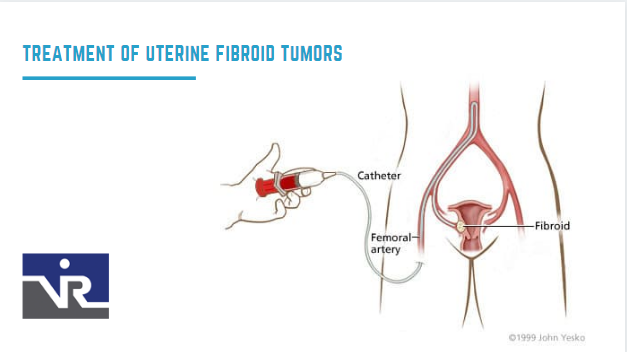What are Uterine Fibroids?
Uterine Fibroids are noncancerous or benign growths of the uterus that often appear during childbearing years. Also called leiomyomas, uterine fibroids aren’t associated with an increased risk of uterine cancer but can cause debilitating symptoms in many women. They might grow in a single formation or as clusters and can vary in size. More than half of women over the age of 40 years have fibroids and of those, about 50% of women will have symptoms.
Where do They Grow?
Uterine Fibroids have been classified into the following 3 categories, mostly based on their location;
- Underneath the uterus lining
- Inside the uterus muscles
- Outside of the uterus
Though most fibroids grow within the walls of the uterus, some grow on stalks (peduncles) and grow out from the surface or within the cavity of the uterus.
Symptoms:
- Painful or heavy periods with bleeding in between
- Feeling of “pelvic pressure”
- Bloating
- Frequent Urination
- Constipation
- Painful intercourse
- Lower back pain
- Reproductive problems like miscarriages, infertility, and early onset of labor during pregnancy
What Causes Uterine Fibroids?
The cause of fibroids is not well understood. Risk factors may include a family history of fibroids, early onset puberty and hormonal causes, and obesity.
How Are They Diagnosed?
- An abdominal or pelvic examination can help diagnose fibroids. To confirm the diagnosis, a specialist might suggest magnetic resonance imaging (MRI), ultrasound, or CT “cat”-scan.
How are Uterine Fibroids Treated?
- Conservative management or observation
- Invasive surgery either with hysterectomy (removal of the uterus) or myomectomy (removal of the fibroid while preserving the uterus)
- Uterine fibroid embolization

(UFE)
UFE is safe and effective, minimally invasive and nonsurgical procedure, commonly performed to treat Uterine Fibroids. UFE is an excellent alternative to hysterectomy or myomectomy. Unlike hysterectomy, which is an open surgery, UFE is much safer with a faster recovery time. It is performed by inserting a tiny catheter into the uterine artery and then blocking the blood supply to the Fibroid by injecting tiny particles. Learn more here. By “starving” the fibroids by limiting its blood supply, the fibroids “die” and shrink, resulting in resolution of patient’s symptoms.


